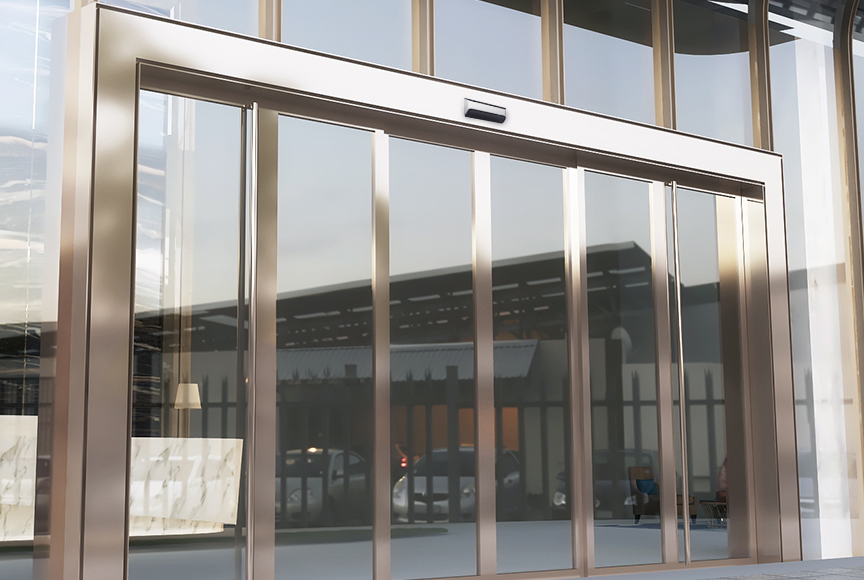What emerging technologies or trends are shaping the future of automatic door systems?
Automatic door systems have come a long way from simple motion sensors to sophisticated, intelligent solutions. As technology continues to advance at an unprecedented pace, the landscape of automatic door systems is evolving with the integration of innovative technologies. In this article, we explore the emerging trends and technologies that are shaping the future of automatic door systems.

1. Sensor Advancements:
Traditional automatic doors relied on basic sensors to detect motion or proximity. Today, advancements in sensor technologies are enhancing precision and responsiveness. LiDAR (Light Detection and Ranging) sensors, 3D cameras, and radar systems are becoming more prevalent, allowing doors to react more accurately to the presence of individuals and objects.
2. IoT Integration:
The Internet of Things (IoT) is a transformative force across various industries, and automatic door systems are no exception. IoT integration enables doors to be part of a connected ecosystem, providing data for analytics, remote monitoring, and predictive maintenance. This connectivity also allows for smart features such as adjusting door settings based on weather conditions or foot traffic patterns.
3. Biometric Access Control:
Security is a paramount concern, and automatic doors are incorporating biometric access control systems for enhanced safety. Facial recognition, fingerprint scanning, and other biometric authentication methods are being integrated into automatic door systems, providing secure and convenient access to authorized individuals.
4. Gesture Recognition:
Touchless interactions are gaining prominence in the wake of health and hygiene concerns. Gesture recognition technology enables users to control automatic doors with simple hand movements, reducing the need for physical contact. This technology is particularly relevant in public spaces where minimizing the spread of germs is crucial.
5. Energy-Efficient Solutions:
Sustainability is a key focus in modern technology, and automatic door systems are no exception. Energy-efficient solutions, such as doors equipped with energy harvesting technologies or those designed to optimize heating and cooling within a building, are becoming more prevalent. These innovations not only reduce environmental impact but also contribute to cost savings.
6. Adaptive Learning Algorithms:
Machine learning and artificial intelligence are playing a significant role in the evolution of automatic door systems. Adaptive learning algorithms enable doors to analyze user behavior over time, optimizing performance based on usage patterns. This not only enhances the user experience but also contributes to more efficient energy consumption.
7. Augmented Reality (AR) Enhancements:
The integration of augmented reality into automatic door systems is an emerging trend. AR can provide users with additional information, such as directions or safety instructions, enhancing the overall user experience. This technology has applications in various settings, from retail environments to healthcare facilities.
8. Robotic Door Systems:
The future of automatic doors may include robotic systems that go beyond traditional sliding or revolving doors. Robotic door systems can adapt to various architectural designs and open up new possibilities for unique and dynamic entrances.
Conclusion:
As we look toward the future, the landscape of automatic door systems is being reshaped by a convergence of cutting-edge technologies. From advanced sensors and biometric access control to IoT connectivity and energy-efficient solutions, the evolution is both dynamic and promising. The integration of these technologies not only enhances the functionality and security of automatic doors but also contributes to a more sustainable and intelligent built environment. The future of automatic door systems is not just about opening and closing; it's about embracing innovation to create safer, more efficient, and seamlessly connected spaces.







